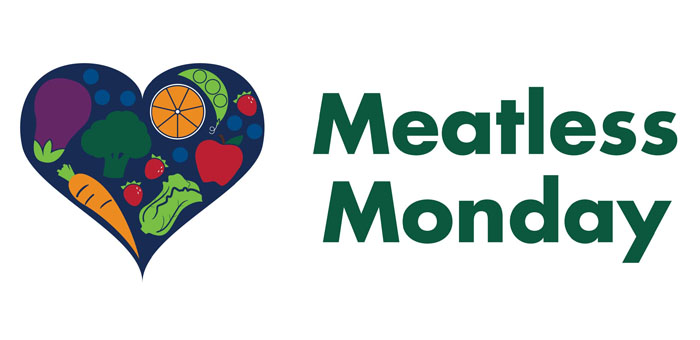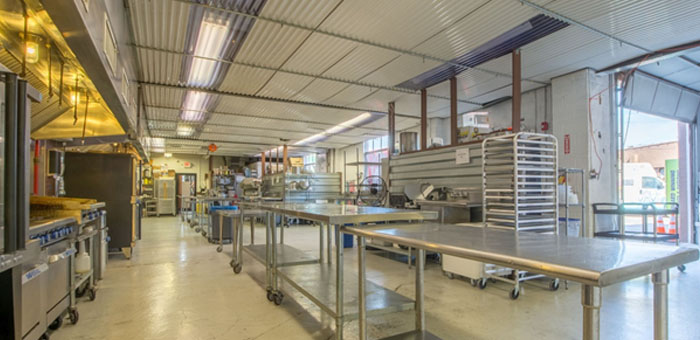Even though we may not realize it, there are people we interact with every day who are not sure where they will find their next meal. They might be a co-worker, one of your child’s best friends, or an employee on your food truck. Each year, more than 36 million Americans, in communities across the country, are making difficult choices—seniors who are forced to choose between buying food or buying medicine; parents who might feed their children but not themselves; and working families who must make the difficult decision between paying their utilities or putting food on the table.
Non-perishable and unspoiled perishable food from food trucks can be donated to local food banks, soup kitchens, pantries, and shelters. Local and national programs frequently offer free pick-up and provide reusable containers to donors. To encourage food donations, the “Good Samaritan” law was created to prevent to prevent good food from going to waste and to protect companies from liability surrounding their donations.
Food Banks and Food Rescue Programs
Food banks are community-based, professional organizations that collect food from a variety of sources and save the food in warehouses. The food bank then distributes the food to hungry families and individuals through a variety of emergency food assistance agencies, such as soup kitchens, youth or senior centers, shelters and pantries. Most food banks tend to collect less perishable foods such as canned goods because they can be stored for a longer time.
Food rescue programs take excess perishable and prepared food and distribute it to agencies and charities that serve hungry people such as soup kitchens, youth or senior centers, shelters and pantries. Many of these agencies visit the food bank each week to select fresh produce and packaged products for their meal programs or food pantries. Many also take direct donations from stores, restaurants, cafeterias, and individuals with surplus food to share.
Finding a Food Bank or Rescue Program in my Area
There are several organizations that can direct you to a local food bank or rescue program.
- Feeding America is a national network of food banks that is the largest charitable hunger relief organization in America. It oversees the distribution of surplus food and grocery products through nearly 200 network affiliate food banks and nearly 50,000 charitable agencies. Your nearest food bank can also tell you which food pantries and kitchens are in your neighborhood. Locate a food bank near you .
- Food Pantries allows you to search for food banks by state or by zip code.
- AmpleHarvest.org – This nationwide effort aims to educate, encourage and enable gardeners with extra produce to easily donate to a local food pantry.
- Rock and Wrap It Up! is an independent anti-poverty think tank based in New York. It is non-profit and nonpartisan, an organization devoted to developing innovative greening solutions to the pressing issues of hunger and poverty in America. They cover over 500 cities and work with a national database of over 43,000 shelters and places of need.
You can also work directly with a local or regional agency or organization to get your surplus food to the needy. To find other programs in your area, check the government and community services pages of your local phone book or just enter “food donations” along with your town and state on your computer Internet browser.
Tax Benefits for Donating Food – Do Well by Doing Good
Food donations can add up to big savings for food truck operators. Not only will you reduce your waste disposal costs, but donations can also generate significant tax benefits for mobile businesses.
The information below should be used only as a guide. Food truck owners are advised to consult with their tax advisor in applying the appropriate deduction.
The general rule since 1969 states that a taxpayer who contributes appreciated inventory or certain other ordinary income property is permitted a charitable deduction for an amount equal to the taxpayer’s basis in the contributed property (not its fair market value).
Congress further refined the statute to allow corporate donors an increased deduction, under certain circumstances, for contributions of ordinary income property to a public charity or to a private operating foundation.
The 1976 Tax Reform Act (Section 2135) made inventory donation to charities more advantageous for business taxpayers by increasing the allowable income tax deduction and allowing the donor to determine the “fair market value” of their donation, not to exceed two times the cost.
The bottom line:
A: The sum of one-half of the unrealized appreciation (market value minus cost = appreciation) plus the taxpayer’s cost, but
B: Not in excess of twice the cost of the contributed property.
Protection From Liability
Gifts to food banks are covered by a number of liability protections, including national Good Samaritan laws. The “Bill Emerson Good Samaritan Food Donation Act” (PDF) (Public Law 104-210) makes it easier for mobile food businesses to donate to food banks and food rescue programs. It protects donors from liability when donating to nonprofit organizations and protects donors from civil and criminal liability should the product donated in good faith later cause harm to the needy recipient.
The law also sets a liability floor of “gross negligence”; or intentional misconduct for persons who donate grocery products. It recognizes that the provision of food close to recommended date of sale is, in and of itself, not grounds for finding gross negligence. For example, cereal can be donated if it is marked close to code date for retail sale.
Food banks also protect their donors by offering a variety of liability protections, including strict standards of warehouse operation, proper storage and handling procedures, complete product tracking and recall capabilities, and accurate and timely receipting.



